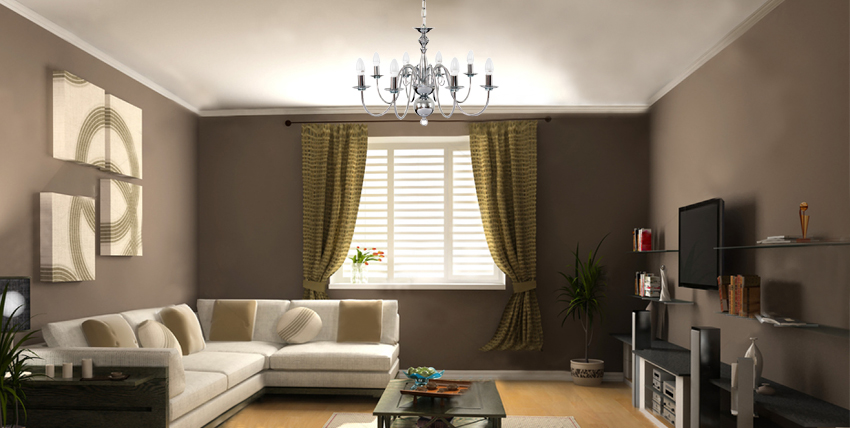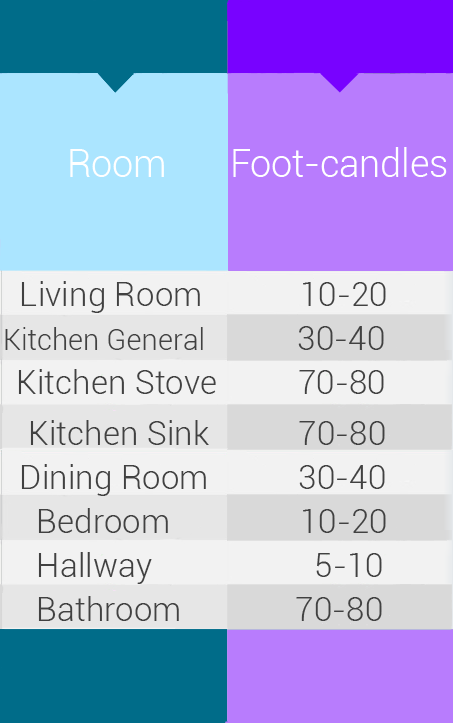Free shipping on orders over £50
TradeHURRY! SPRING SALE Now On! Get 10% Off Using Code KEEP10! Plus FREE SHIPPING On All Orders Over £50!
What are Lumens, and How Many Do I Need?
Before the world of energy-efficient lighting, it was easy to know how bright bulbs were. 60W was brighter than 40W, and 100W was even brighter. But now, watts are not the best way to measure a bulb’s brightness at all…
Lumens vs Watts
Now that the energy-efficient revolution of LEDs is well underway, watts are not an accurate representation of the light that is produced. For example, a 6W LED can produce the same amount of light as a 60W halogen bulb. Because of this, lumens are now being used to measure the light levels a bulb produces.
Each different type of light bulb has different lumens-per-watts ratios. LEDs are the most efficient, with traditional bulbs trailing way behind. That’s why you can no longer say you need a 60W light bulb to light an area of the room. That could be ten LEDs, which would be far brighter than one incandescent that uses the same amount of energy.
How Many Lumens Does Your Room Need?
That all depends on a few different factors, but there is a way to work it out. It is influenced by different things, such as the room size, the type of room, and which areas of the room would need more light. For example, a kitchen counter would need less light than the kitchen sink, and the dining room table would need a little extra-targeted light compared to the rest of the room.
First off, you need to work out how big your room is, in square footage. For example, if the room is 10ft wide, and 10ft long, then it is 100 square feet.
Next up is how many foot-candles you require in your specific room. A foot-candle is basically how bright the light is one-foot away from the source. This is where the room type comes into play, as some rooms need to be much brighter than others.
The Maths
To work out how many lumens your room will need to be adequately lit, you have to multiply the square footage by the room’s foot-candle needs. Imagine you’re in the bedroom, with a room-candle requirement of 10-20 foot-candles. It measures 15ft by 15ft, which gives you an area of 225 square foot. Multiply 225 by 20, and you get the answer of 4500 lumens. A dining room would need approximately double that, so around 9000 lumens.
Of course, this is just a guide – you may prefer rooms that are brighter than this, or you may not be bothered about the whole room having exactly the same amount of light. If your ceiling is taller, you’ll need more light. If you have dark coloured walls or furniture, and you have diffuser shades on your lights, then you’ll need more light. Add around 10 extra lumens per square feet, if that’s the case. A good idea is to aim higher, and then use dimmer switches and lamps in order to control your levels of light.
So, step by step:
- Work out how big your room is in square feet
- Work out how many foot-candles you require for your room
- Take into account dark decor, or restrictive shades
- Multiply the area by the foot-candles requirement
- You will now have the total lumen requirement!
Customer Services
Whatever your lighting needs, you’ll find them here at WLED. We have loads of LED bulbs, lamps, strip lights, pendants, and many more.
If there’s anything else you’d like to know, then our customer services team is available to help.
Give us a call on 0116 321 4120, email us at cs@wled.co.uk, or take a look at our Facebook and Twitter.






 Search
Search





